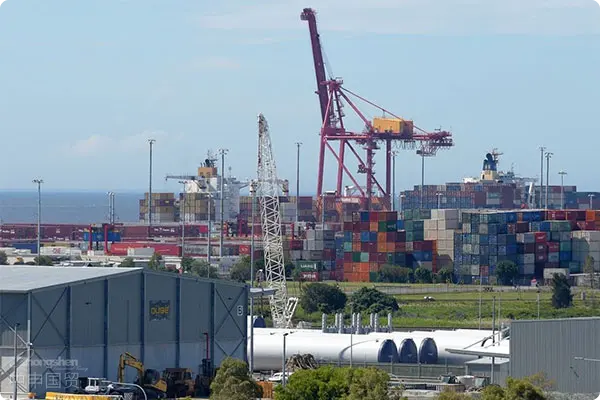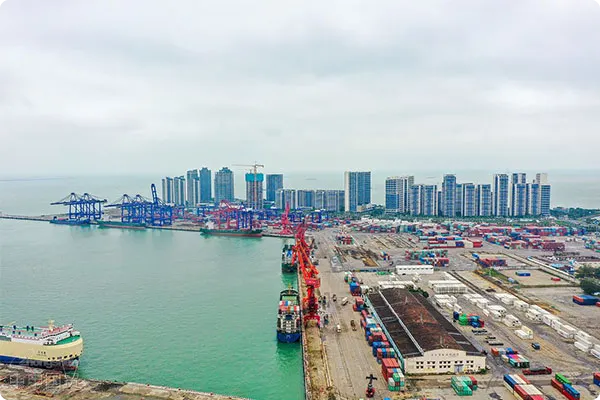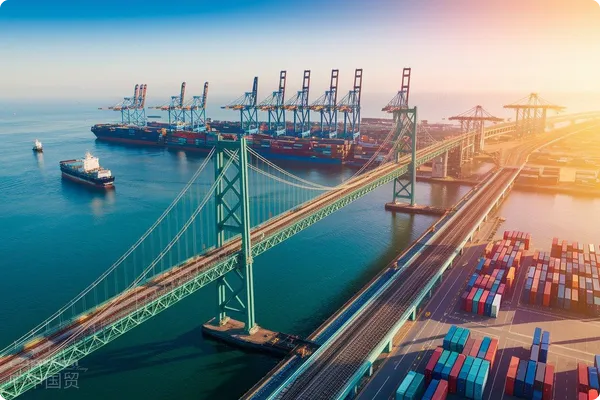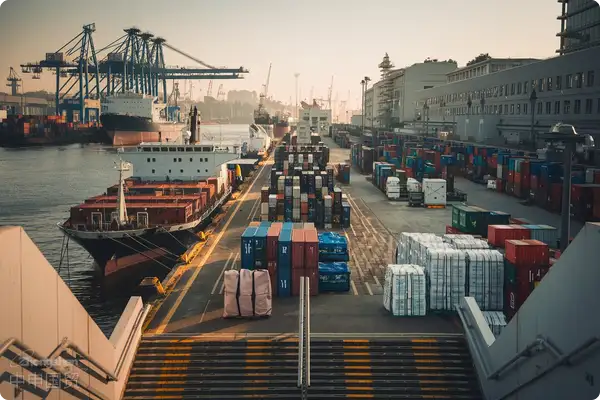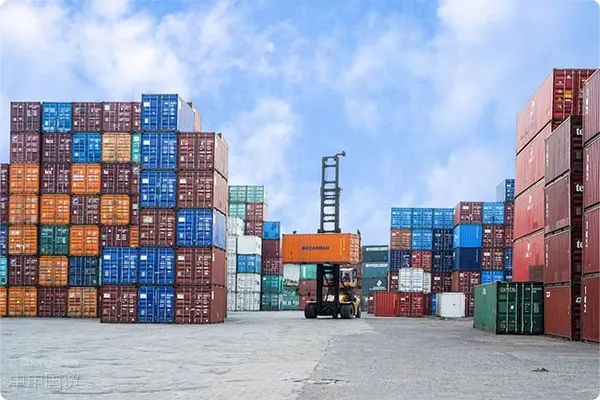- Shanghai Zhongshen International Trade Co., Ltd. - Two decades of trade agency expertise.
- Service Hotline: 139 1787 2118
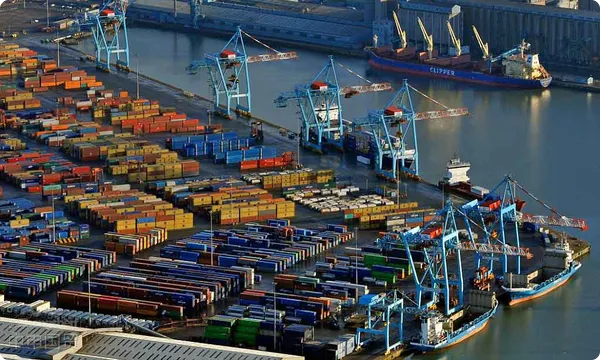
AgencyExport Drawbackis a complex yet crucial business operation for enterprises. Understanding the steps involved helps enterprises better plan their finances in international trade and reduce cost burdens. This article details each step of agency export tax refund, including entrusting an agent, customs declaration for export, document collection and organization, and tax refund application, each with specific requirements and considerations.
I. Entrusting an Agency
Select an agent organization
When an enterprise decides to proceed with agency export tax refund, the first step is to carefully select an agency. This requires evaluating the agencys qualifications, reputation, professional capabilities, and more. Reputable agencies typically have good records with customs and tax authorities and possess extensive experience in agency export tax refund. For example, reviewing the agencys past successful cases can provide insights into its ability to handle tax refunds for different types of enterprises and products.
Signing the entrustment agreement
After selecting an agency, both parties must sign an agency export tax refund entrustment agreement. The agreement should clearly define the rights and obligations of both parties, including the scope of agency services, fee structure, allocation of tax refund amounts, and other critical terms. For instance, the agreement should specify the agencys responsibilities in the tax refund application process, such as whether it includes communication and coordination with customs and tax authorities, as well as the range of documents and timelines required from the enterprise.
II. Customs Declaration for Export
Goods preparation and customs declaration
The enterprise must prepare export goods in accordance with international trade requirements. The agency assists the enterprise in customs declaration, which involves accurately completing the customs declaration form. The form includes detailed information about the goods, such as name, specifications, quantity, and value. Additionally, relevant permits (if the goods are controlled items) must be provided during customs declaration. For example, exporting certain chemical products may require a chemical export license.
Determining the export date and transportation method
The export date and transportation method are also critical aspects of the customs declaration process. The export date affects the timeline for tax refund applications, and different transportation methods (e.g., sea freight, land transport) may involve slight variations in customs and tax refund procedures. The agency must accurately record this information to prepare for subsequent tax refund applications.Maritime Transportation,Air TransportationIII. Document Collection and Organization
Core document collection
At this stage, the agency must collect various core documents required for tax refund. The first is the customs declaration form for export goods (tax refund-specific copy), which serves as key proof of export. Next is the value-added tax (VAT) special invoice, where the goods information must match the customs declaration form, including name, quantity, and amount. Additionally, the foreign exchange verification form (some regions have implemented paperless management but still require electronic data) is needed to prove the enterprise has received foreign exchange payment.
Supplementary documents
Beyond core documents, supplementary documents may also be required. For example, the packing list for export goods details the packaging status, helping customs and tax authorities better understand the actual condition of the goods. Transport documents, such as bills of lading, prove the shipments trajectory and delivery status. The agency must ensure the completeness and accuracy of these documents and organize them systematically.
Data entry and declaration system operation
Data Entry and Verification
The agency enters the collected and organized document information into the export tax refund declaration system. During data entry, accuracy is paramount, as any error could lead to application failure. For instance, the commodity code on the customs declaration form must be entered correctly, as different codes may correspond to different tax refund rates.
After completing data entry, the agency conducts a preliminary declaration. The purpose of this step is for the tax authority to conduct an initial review of the declaration data and identify any potential issues. If issues arise, such as discrepancies between the customs declaration form and invoice amounts, the agency must promptly investigate and make corrections. This may involve rechecking documents or coordinating with customs, the enterprise, or other relevant parties.
Before the formal declaration, the agency will conduct a pre - declaration. The pre - declaration is to send the declaration data to the tax department for preliminary review. The tax department will conduct logical and compliance checks on the declaration data and feedback the doubts of the pre - declaration. After receiving the doubt - point feedback, the agency will carefully analyze and communicate with the enterprise to solve them. For example, if there is a doubt that the information on the customs declaration form does not match the information on the special VAT invoice, the agency will check whether it is a data entry error or a problem with the original data, and adjust or supplement the data in a timely manner.
Formal declaration and tax refund review
After the preliminary declaration is confirmed error-free, the agency proceeds with the formal declaration. The tax authority conducts a comprehensive review of the tax refund data, which may take some time. The review covers document authenticity, data consistency, compliance with tax refund eligibility, and other aspects. If approved, the tax authority calculates the tax refund amount based on the applicable rate and disburses the refund to the enterprise (or to the agency per the entrustment agreement, which then transfers it to the enterprise).
The steps for agency export tax refund encompass entrusting an agent, customs declaration for export, document collection and organization, and tax refund application, each closely interconnected and subject to strict requirements. Both enterprises and agencies must fully understand these steps and adhere to relevant regulations to ensure smooth processing of export tax refunds. This enables enterprises to fully benefit from export tax refund policies in international trade, enhancing their economic efficiency and competitiveness.
Conclusion
The steps for export tax refund through agency include entrusting an agent, customs declaration for export, document collection and organization, and tax refund application, among others. Each step is closely linked and has strict requirements. Both enterprises and agencies must fully understand these steps and strictly follow relevant regulations to ensure smooth export tax refund, allowing enterprises to fully benefit from export tax refund policies in international trade, thereby improving economic efficiency and competitiveness.
Related Recommendations
? 2025. All Rights Reserved. 滬ICP備2023007705號-2  PSB Record: Shanghai No.31011502009912
PSB Record: Shanghai No.31011502009912
